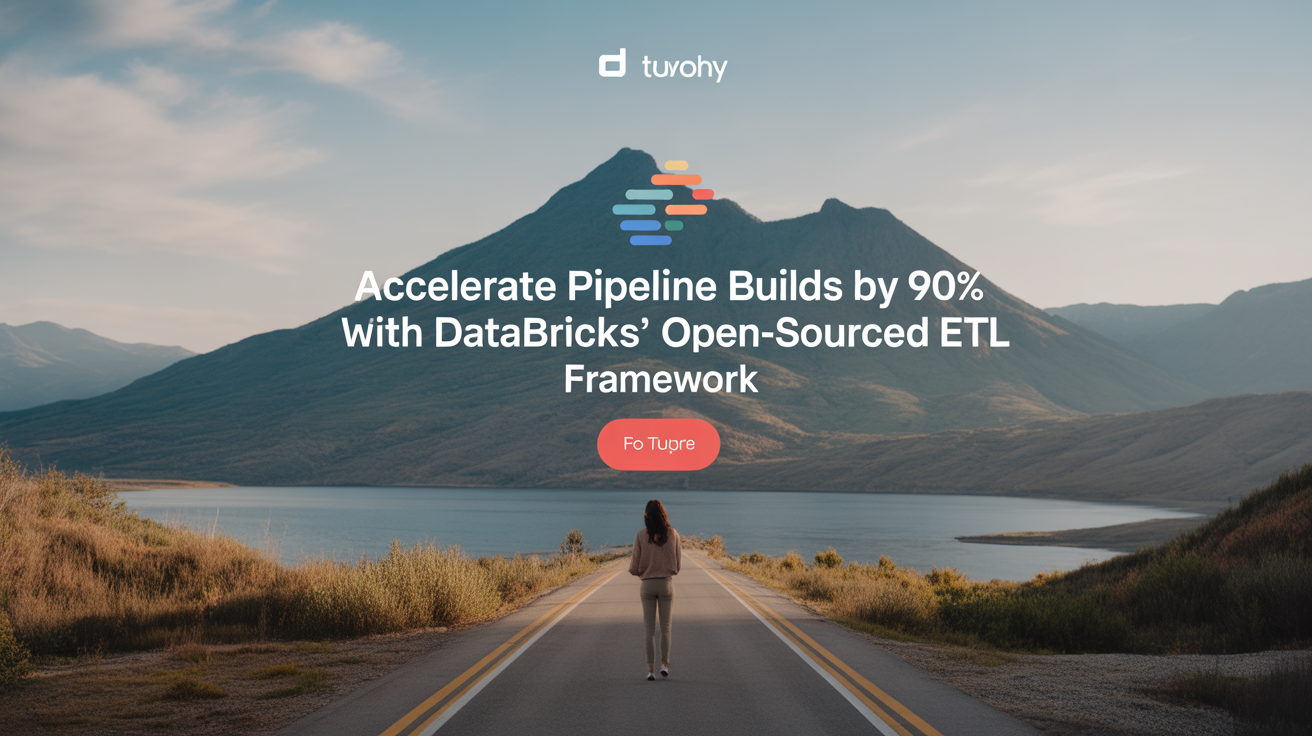Apache Spark’s Declarative Pipelines are revolutionizing how engineers craft their work, empowering them with the ability to describe their pipeline using SQL or Python. This game-changing technology is set to redefine the landscape of data processing and analytics.
As technology continues to evolve, developers constantly seek more efficient ways to manage data. The introduction of Apache Spark’s Declarative Pipelines marks a significant milestone in this journey. With this new feature, engineers can describe what their pipeline should do using SQL or Python, allowing Apache Spark to take care of the execution. Not only does this streamline the data processing workflow, it also enhances productivity by simplifying complex tasks.
With data being the lifeblood of modern businesses, this innovation couldn’t have come at a better time. The ever-increasing volume, velocity, and variety of data demand advanced tools that can manage and harness its potential effectively. Declarative Pipelines fit this bill perfectly, offering businesses a powerful tool to transform raw data into actionable insights.
So, what does this mean for you? As you delve into this article, you will uncover the nuts and bolts of this technology, understand its implications, and learn why it’s making waves in the tech world.
The Spark Ignites: Unpacking Declarative Pipelines
Declarative Pipelines, part of the Apache Spark ecosystem, are a game-changer in data processing and analytics. They allow engineers to describe their pipeline using SQL or Python, shifting the execution responsibility to Apache Spark. In essence, these pipelines simplify the data management process, eliminating the need for manual intervention in many cases.
Notably, this isn’t just a technical upgrade; it’s a shift in how data is managed. Industry leaders like Google and Amazon are already leveraging this technology, indicating its growing significance in the tech landscape. The widespread adoption of Declarative Pipelines is a testimony to their efficacy and potential.
Moreover, the impact of this innovation is backed by compelling numbers. According to a recent study, businesses using Declarative Pipelines have reported a significant reduction in development time and an increase in data processing speed. The ease of use and enhanced efficiency make these pipelines a preferred choice for many developers.
Deciphering the Impact: How It Affects You
The introduction of Apache Spark’s Declarative Pipelines is not just a boon for engineers; it has far-reaching implications for businesses and consumers alike. By streamlining data processing, these pipelines can help businesses derive insights faster, leading to quicker decision-making and, ultimately, increased business agility.
On the other hand, consumers stand to benefit from improved services as businesses harness the power of data more effectively. For instance, in sectors like e-commerce and healthcare, the efficient management of data can translate into personalized customer experiences and improved patient care, respectively.
The Path Forward: Gearing up for the Future
While the benefits of Declarative Pipelines are evident, it’s important to stay abreast of the developments in this domain. With the pace at which technology is advancing, it’s safe to say that we’re just scratching the surface of what’s possible.
For businesses, the key takeaway is to adapt and evolve. It’s not just about adopting new technologies, but about understanding and harnessing their potential to drive growth and competitiveness.
In conclusion, Apache Spark’s Declarative Pipelines represent a significant leap in data processing and analytics. Their adoption is a clear sign of the growing recognition of the power of data and the need for tools that can manage it effectively. As we look to the future, it’s apparent that this technology will continue to shape the landscape of data management, acting as a catalyst for innovation and growth.


